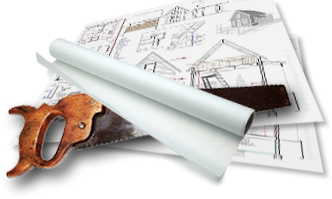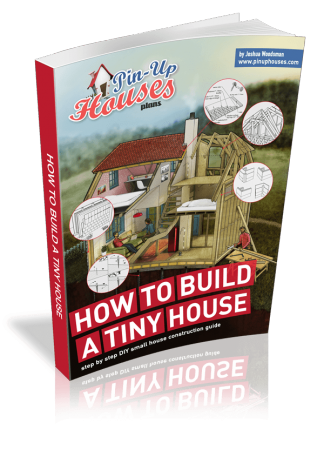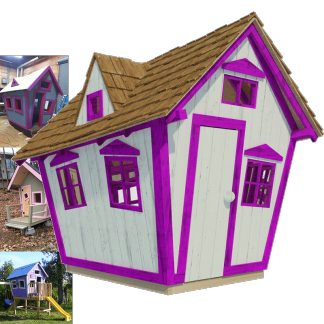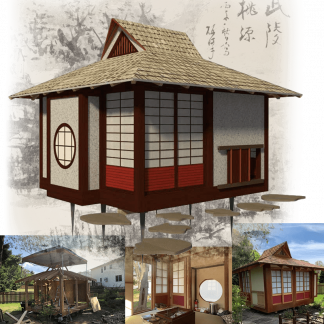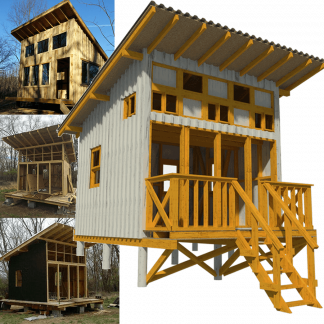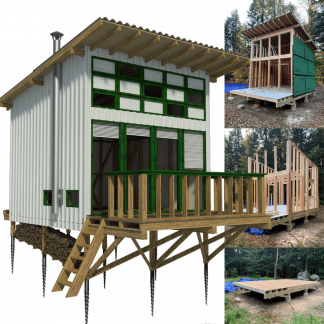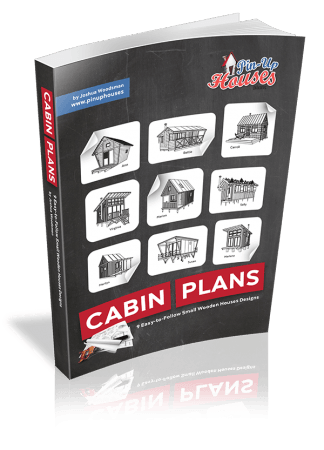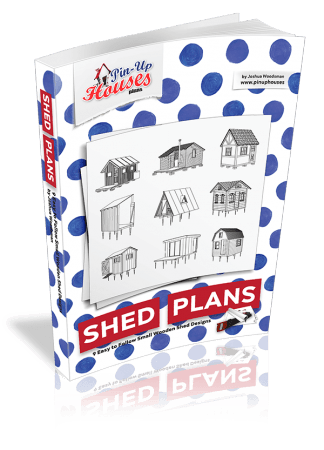Designing your first tiny home is a chance to create a space that reflects your lifestyle, values, and creativity, all within a compact footprint. While the process can seem overwhelming at first, it’s entirely manageable when broken into thoughtful steps. Whether you’re interested in downsizing, going off-grid, or simply building a unique retreat, this guide will help you turn your vision into a well-organized plan. With free digital tools now available, anyone can get started on their layout with no prior design experience.
1. Start With Your Lifestyle and Space Needs
The first step in designing a tiny house isn’t architectural, it’s personal. Think about your daily routine, habits, and must-haves. Will you be living solo, as a couple, or with a family? Do you need space for hobbies, pets, or remote work? How much storage is non-negotiable? Making these decisions early helps prevent design regrets later. For example, choosing between a fixed bed and a convertible one may depend on how often you entertain or host guests. Defining your lifestyle needs will serve as the blueprint for your floor plan.
2. Set Your Dimensions and Choose a Building Type
Before opening any design tool, determine your build constraints. Are you aiming for a mobile tiny house on wheels (THOW), or will your home be fixed on a foundation? Trailer-based homes must comply with size and weight restrictions, which typically means staying under 8.5 feet wide and 13.5 feet tall. Meanwhile, foundation builds can offer more flexibility but may require permits or zoning approval. Decide on a base size, such as 8×20 or 10×26 feet that fits your goals and the land or trailer you’ll build on.
3. Sketch a Basic Layout Using a Free Design Tool
Now that you have your space needs and dimensions, it’s time to bring them together. Using a free 3D floor plan creator like Planner 5D allows you to quickly draw walls, add rooms, and place doors or windows, all through an intuitive drag-and-drop interface. You can easily test different room configurations, shift furniture around, and view the results from both 2D and 3D perspectives. This visual feedback is especially helpful for tiny spaces, where a few inches can make or break functionality. A digital layout gives you the freedom to explore multiple versions without wasting time or materials.
4. Focus on Functionality and Flow
When space is tight, layout mistakes can lead to daily frustrations. Aim to keep the layout simple and logical. Group plumbing fixtures close together, such as the kitchen and bathroom — to reduce costs. Consider multipurpose furniture like storage stairs or fold-down tables. Make sure circulation paths are clear and that each element serves more than one purpose. Use vertical space creatively with lofts, shelving, and hanging storage. During this phase, you’ll likely revise your initial plan several times as you balance dreams with practicality.
5. Add Visual Detail to Bring Your Design to Life
Once you’ve nailed down a solid layout, it’s time to explore design finishes. This is the fun part: choosing wall colors, flooring, cabinetry styles, and lighting. A good 3D planner will let you preview your space with accurate lighting and textures, helping you understand how different elements work together. You might realize that lighter colors open up the room or that a particular window placement adds needed brightness. Seeing these details in context makes it easier to make confident design choices before construction begins.
6. Review, Adjust, and Save Different Versions
Your first design draft is just that – a draft. Tiny home planning is an iterative process. After a day or two, revisit your layout with fresh eyes and assess what’s working and what isn’t. Share your plan with friends, architects, or tiny house communities for feedback. Save alternate versions of your plan so you can compare options side by side, for example, one with a full kitchen versus a smaller kitchenette. Having multiple options ensures you land on a design that’s beautiful and livable.
7. Move Forward with Confidence
With a complete 3D layout in hand, you’ll be well-prepared to start building or consult with a professional. A strong floor plan will help you estimate materials, visualise construction phases, and reduce costly mistakes. This planning approach is particularly valuable for accessory dwelling units and compact living solutions, with specialised providers like Grannexe offering granny annexe installations that require precise design coordination to maximise limited space while meeting planning regulations. Even if you’re not building immediately, having a clear design roadmap is invaluable. Your tiny home starts with a great plan, and thanks to modern digital tools, that step is more accessible than ever.
Conclusion
Designing your first tiny home doesn’t have to be complicated. With thoughtful planning and the help of free 3D tools, you can turn your ideas into a functional, beautiful space that fits your lifestyle. Start simple, stay flexible, and enjoy the creative journey. Your dream home might be smaller than expected, but it’s big on potential.

